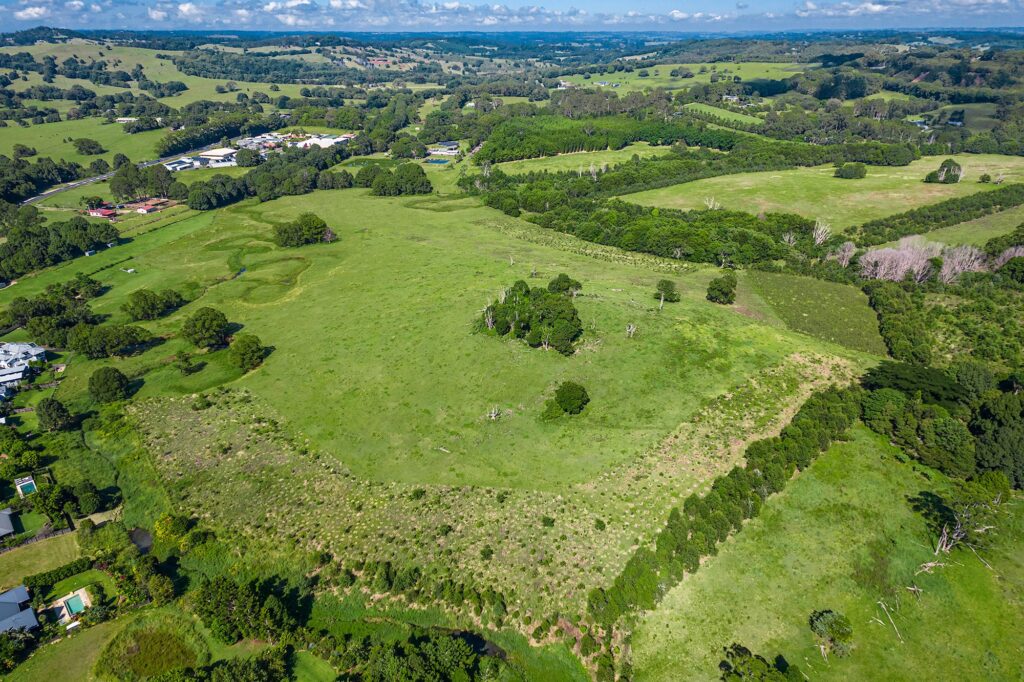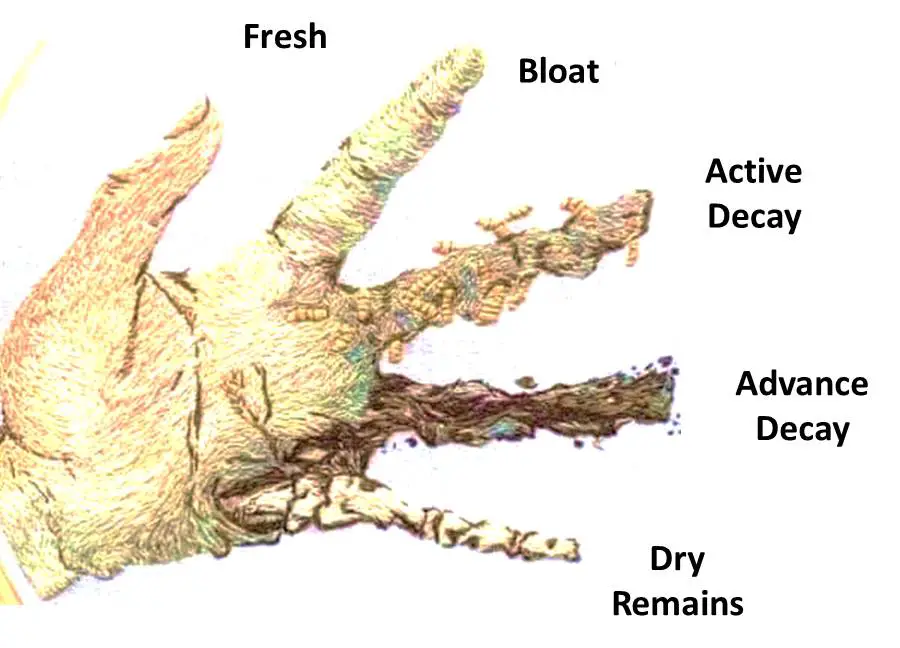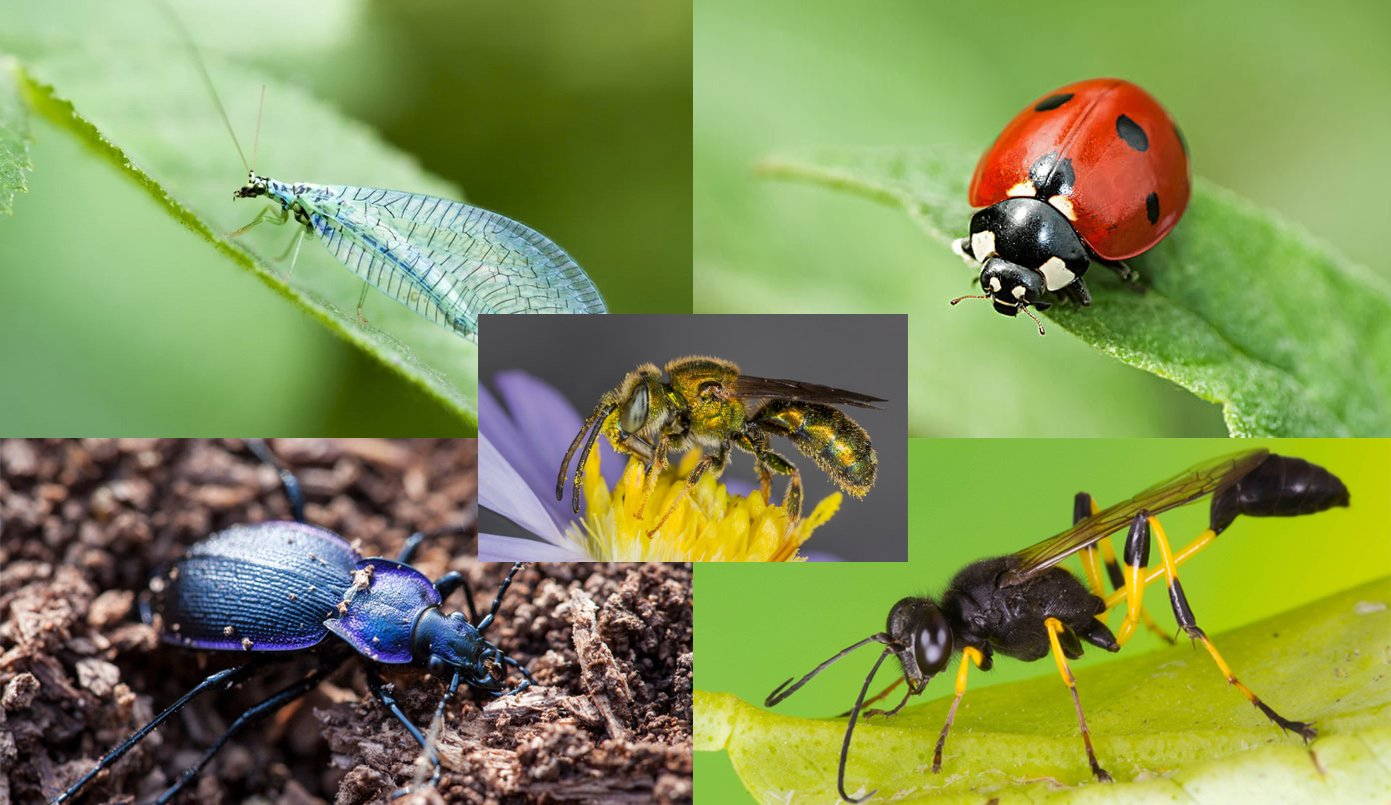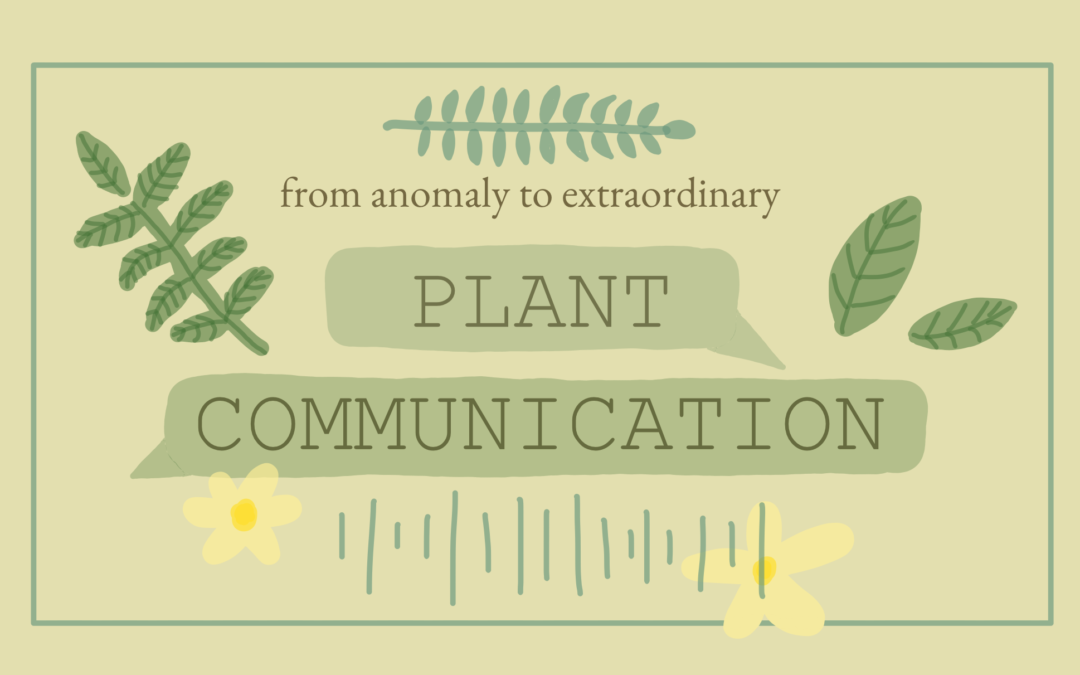
Building Bridges for Biodiversity: Creating and Protecting Wildlife Corridors to Attract Native Wildlife
In an increasingly fragmented world, the need to connect isolated habitats is more critical than ever. This article explores the vital role of wildlife corridors in attracting native wildlife, enhancing biodiversity, and promoting ecological resilience. We’ll delve into the importance of these corridors, how they function, and the practical steps we can take to create and protect them. Let’s embark on a journey to understand how we can help wildlife thrive in a world shaped by human activity.
The Urgent Need for Wildlife Corridors
Imagine a vast forest, once teeming with life, now sliced into isolated pockets by roads, development, and agriculture. This is the reality for many ecosystems around the globe. These fragments, while still valuable, limit the ability of wildlife to move, find mates, access resources, and adapt to changing environmental conditions. This fragmentation leads to reduced genetic diversity, increased vulnerability to disease, and ultimately, a decline in populations. This is where wildlife corridors enter the scene, acting as lifelines in a fragmented landscape.
Wildlife corridors are essentially pathways or connections between habitat patches. They can take many forms, from narrow strips of vegetation along waterways to broader expanses of protected land. Their primary purpose is to facilitate the movement of animals, allowing them to traverse otherwise impassable barriers. Without these crucial connections, the long-term survival of many species is jeopardized.
The benefits of wildlife corridors extend far beyond simply allowing animals to move. They also play a crucial role in:
- Genetic Exchange: Corridors enable animals from different populations to interbreed, increasing genetic diversity and resilience.
- Resource Access: Animals can access a wider range of food, water, and shelter, especially during seasonal changes or resource scarcity.
- Climate Change Adaptation: Corridors allow species to shift their ranges in response to changing temperatures and precipitation patterns.
- Ecosystem Health: Connected habitats support healthier ecosystems by promoting pollination, seed dispersal, and predator-prey interactions.
Understanding the Different Types of Wildlife Corridors
Wildlife corridors aren’t a one-size-fits-all solution. Their design and implementation depend on the specific landscape, the target species, and the goals of the project. Here are some common types of wildlife corridors:
1. Habitat Corridors
These are the most common type, consisting of strips of natural or restored habitat that connect larger habitat patches. They can include forests, grasslands, wetlands, or riparian areas (areas along rivers and streams). They are designed to provide all the necessary resources for wildlife, including food, water, and cover.
2. Riparian Corridors
Riparian corridors are specifically designed to protect and restore the vegetation along rivers, streams, and other waterways. They are particularly important because they provide critical habitat, connect fragmented landscapes, and filter pollutants from runoff. They also offer essential travel routes for many species.
3. Underpasses and Overpasses
These structures are designed to allow wildlife to safely cross roads and highways. Underpasses are typically tunnels beneath the road, while overpasses are bridges covered in vegetation. They are particularly effective in reducing roadkill and facilitating the movement of larger animals.
4. Stepping Stone Corridors
In areas where continuous corridors are not feasible, stepping stone corridors can be implemented. These consist of a series of smaller habitat patches (the “stepping stones”) that are close enough together to allow animals to move between them. They can be especially effective in urban or agricultural landscapes.
5. Greenways and Trails
These corridors often serve dual purposes, providing recreational opportunities for humans while also supporting wildlife movement. They can include walking trails, bike paths, and green spaces that are designed to minimize disturbance to wildlife.
Attracting Native Wildlife: Designing and Implementing Effective Corridors
Creating a successful wildlife corridor requires careful planning, design, and implementation. It’s not just about planting trees; it’s about understanding the specific needs of the target species and the existing landscape. Here’s a step-by-step guide to creating and protecting wildlife corridors:
1. Identify Target Species and Their Needs
Before you start, determine which species you want to benefit from the corridor. Consider their habitat requirements, movement patterns, and the threats they face. Researching the needs of the specific species is paramount. For example, a corridor designed for deer will differ significantly from one designed for amphibians or pollinators. Understanding their needs informs the design of the corridor.
2. Assess the Landscape and Identify Constraints
Evaluate the existing landscape, including habitat fragmentation, land use patterns, and potential barriers to movement (roads, fences, etc.). Identify opportunities for creating or enhancing corridors. This assessment helps determine the feasibility of different corridor options and identify potential challenges. Consider factors such as soil type, water availability, and existing vegetation.
3. Design the Corridor
Based on the target species and landscape assessment, design the corridor. Consider the width, length, and vegetation composition. Ensure the corridor is wide enough to provide adequate cover and resources, but not so wide that it becomes unsustainable. The design should also include features that minimize human disturbance, such as fencing or buffer zones. The design stage is where you translate your research and landscape assessment into a practical plan.
4. Select Appropriate Vegetation
Choose native plants that provide food, shelter, and cover for the target species. Consider a diversity of plant species to support a variety of wildlife. When selecting plants, prioritize species that are adapted to the local climate and soil conditions. Native plants are crucial because they have co-evolved with the local wildlife and provide the best resources.
5. Implement the Corridor
This involves planting vegetation, constructing underpasses or overpasses, and removing or modifying barriers to movement. It’s important to involve local communities and stakeholders in the implementation process. This can involve volunteer planting days, educational workshops, and partnerships with landowners. This phase brings your design to life.
6. Monitor and Maintain the Corridor
Regularly monitor the corridor to assess its effectiveness and make adjustments as needed. This may involve tracking animal movement, assessing vegetation health, and removing invasive species. Ongoing maintenance is essential to ensure the long-term success of the corridor. Monitoring allows you to adapt and improve the corridor over time.
Real-World Examples of Successful Wildlife Corridors
The success of wildlife corridors can be seen in numerous places around the world. Here are a few inspiring examples:
1. Yellowstone to Yukon Conservation Initiative (Y2Y)
This transboundary initiative aims to connect the Yellowstone National Park in the United States to the Yukon Territory in Canada. By protecting and restoring habitat corridors, Y2Y seeks to ensure the long-term survival of a wide range of species, including grizzly bears, wolves, and wolverines. This is an ambitious project that highlights the importance of cross-border collaboration.
2. Banff National Park Wildlife Crossings
Banff National Park in Alberta, Canada, has implemented numerous wildlife overpasses and underpasses to reduce roadkill and facilitate the movement of wildlife across the Trans-Canada Highway. These structures have been highly successful in allowing animals to cross the highway safely and reducing wildlife-vehicle collisions. This project shows the effectiveness of engineering solutions in supporting wildlife.
3. The Florida Wildlife Corridor
This ambitious project aims to connect fragmented habitats across the state of Florida, providing corridors for a variety of species, including the Florida panther. This corridor includes protected lands, conservation easements, and working lands. This project emphasizes the importance of large-scale conservation initiatives.
4. The European Green Belt
Following the end of the Cold War, the former Iron Curtain became a unique opportunity for conservation. The European Green Belt is a network of protected areas and corridors that stretches along the former border between Eastern and Western Europe. It supports a rich diversity of wildlife and provides opportunities for recreation and education. It is a testament to the power of international cooperation.
Overcoming Challenges and Addressing Concerns
While wildlife corridors offer significant benefits, they also face several challenges and potential concerns. Addressing these challenges is crucial for ensuring the long-term success of any corridor project.
1. Land Acquisition and Management
Acquiring land for corridors can be expensive and complex, especially in areas with high land values. Conservation easements, land trusts, and partnerships with landowners can help overcome these challenges. Effective land management is also essential to maintain the integrity of the corridor and prevent habitat degradation.
2. Human-Wildlife Conflict
In some cases, corridors can increase the potential for human-wildlife conflict, particularly if they allow predators to access livestock or attract animals to residential areas. Implementing mitigation measures, such as fencing or predator deterrents, can help reduce these conflicts. Education and outreach are essential to promote coexistence.
3. Invasive Species
Invasive species can threaten the integrity of corridors by competing with native plants and disrupting ecosystem processes. Careful monitoring and management of invasive species are essential to maintain the health of the corridor. Regular removal and control efforts are important.
4. Climate Change
Climate change poses a significant threat to wildlife corridors, as it can alter habitat conditions and shift species ranges. Designing corridors that are resilient to climate change, such as incorporating a variety of habitats and allowing for species to migrate, is crucial. Planning for the future is very important.
5. Public Perception and Support
Gaining public support for wildlife corridors can be challenging, especially if they involve restrictions on land use or require significant financial investment. Educating the public about the benefits of corridors and involving them in the planning and implementation process is essential. Building community support is key to long-term success.
The Future of Wildlife Corridors: A Call to Action
The creation and protection of wildlife corridors are essential for the conservation of biodiversity and the long-term health of our planet. By connecting fragmented habitats, we can help wildlife thrive in a world increasingly shaped by human activity. Here’s how you can contribute:
- Support Conservation Organizations: Donate to or volunteer with organizations that are working to create and protect wildlife corridors.
- Advocate for Policy Changes: Contact your elected officials and advocate for policies that support wildlife conservation and the protection of habitat corridors.
- Conserve Habitat on Your Property: If you own land, consider implementing conservation practices that benefit wildlife, such as planting native plants or creating habitat corridors.
- Educate Others: Share information about wildlife corridors with your friends, family, and community.
- Reduce Your Environmental Footprint: Make conscious choices to reduce your impact on the environment, such as reducing your carbon footprint and supporting sustainable practices.
By working together, we can build a more connected and resilient world for wildlife and for ourselves. The future of wildlife corridors is bright, but it requires our collective action and commitment. Let’s take the necessary steps to ensure that future generations can enjoy the beauty and wonder of a thriving natural world.


